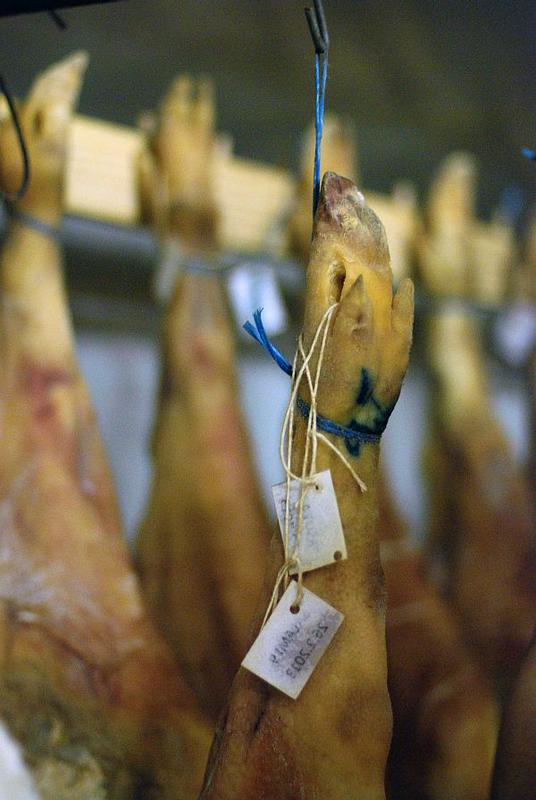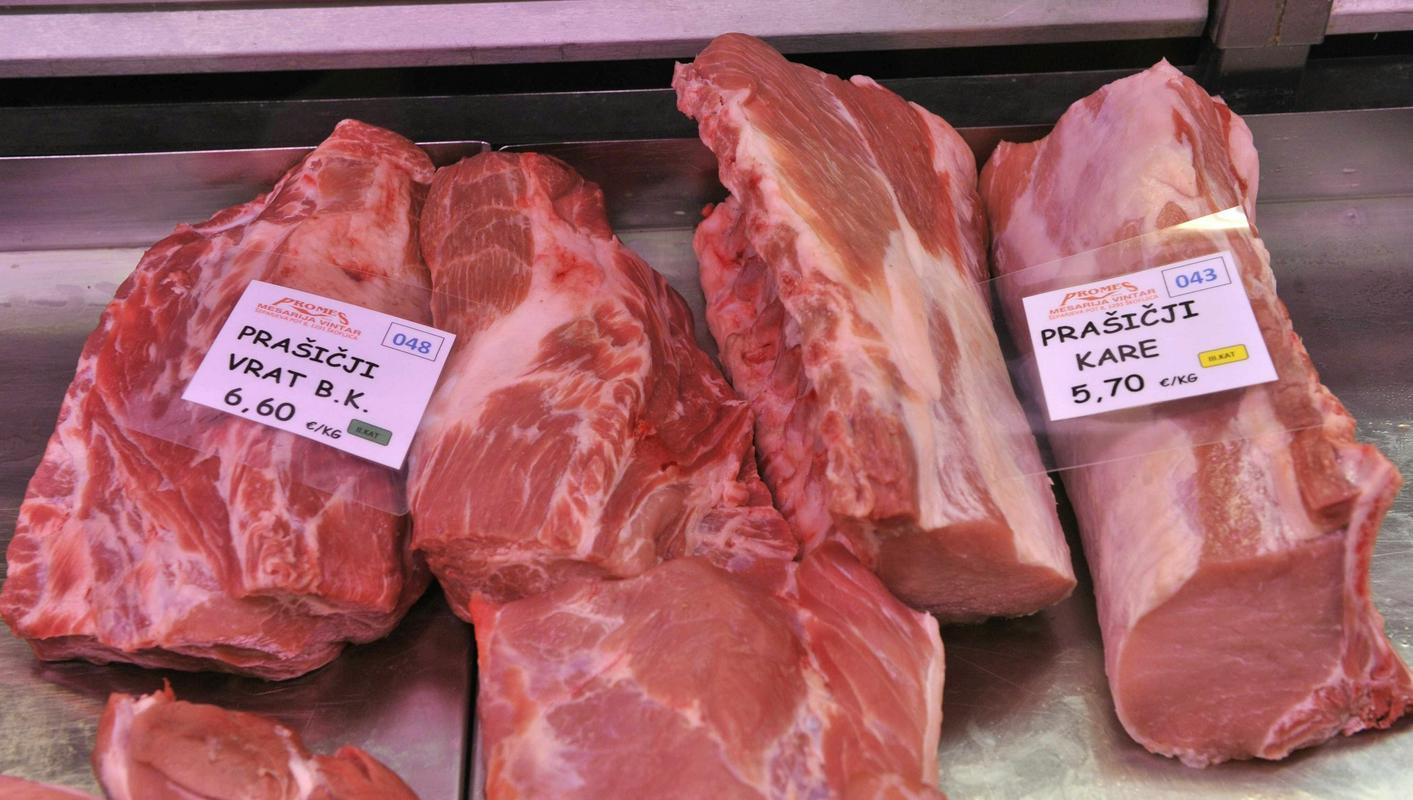
"Self-sufficiency is really low in Slovenia, but everyone seems to be selling Slovenian meat," butcher Mitja Rosi told public broadcaster TV Slovenija. In 2011, Slovenia was 85 percent self-sufficient in meat. The country was more than 100 percent self-sufficient in poultry meat and beef, but self-sufficiency was lowest for pork.
According to Danilo Potokar (Chamber of Agriculture and Forestry), Slovenia is self-sufficient in poultry meat, almost self-sufficient in beef, and only 30 percent self-sufficient in pork, but this includes all pigs slaughtered in Slovenia. Potokar believes that the figure is really closer to 20 percent.
"In 2014, about 200,000 pigs were slaughtered in Slovenia. But there were years when we would slaughter 800,000 pigs, which means we were 75 percent self-sufficient. Things have been stagnant for the past couple of years because prices for pork have gone down," Potokar said, adding that Slovenia imports pork from many countries, e.g. Hungary, the Netherlands, and Belgium. Recently, many retailers have been buying surplus pork from all over Europe – at very low prices.
The Chamber of Agriculture and Forestry and the Chamber of Commerce and Industry of Slovenia want to ensure that that meat sold in butcher's shops could be traced back through every step of production. That would solve the traceability problem.
According to the Statistics Office, Slovenia imported 86,500 metric tonnes of meat in 2013. In 2004, the country only imported 40,000 tonnes. On the other hand, it exported 43,700 metric tonnes of meat in 2013 versus 26,700 tonnes in 2004.
Slovenians are among the most enthusiastic carnivores in the world. According to the FAO, the average Slovene consumes 83.8 kilograms of meat per year, which puts Slovenia in 25th place. Most of it is pork (41 kg), followed by beef (21.4 kg), and poultry (19.9 kg). However, Slovenia ranks below the EU average in terms of pork consumption.
Gregor Cerar, MMC;
translated by D. V.


































































